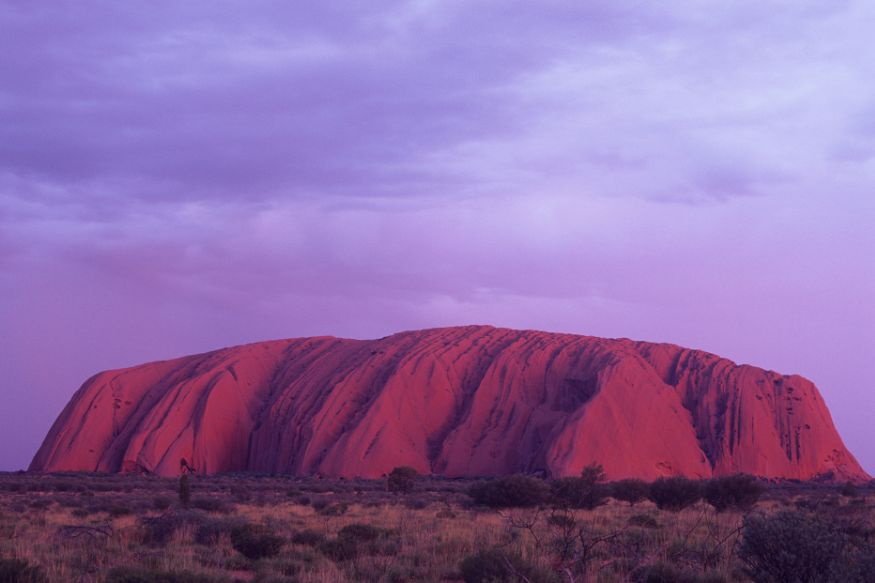French inventor Joseph Nicéphore Niépce is credited with developing the first process to create a permanent image. It was a still image and earned him the distinction of being one of the pioneers of photography. Film, or motion picture, is essentially a series of still images passed through a lens to give the person viewing it the impression of movement. In 1878, an English photographer Eadweard Muybridge created the first motion picture, a series of images that when put together showed a horse galloping.
Many independent companies began making films in the early 1900s. In 1912, the Universal Film and Manufacturing Company (now Universal Pictures) became the first movie studio when several independent film producers were brought under the same room. Later, film companies moved to southern California since the nice weather provided an opportunity to film outside year round. Soon, four major film companies had studios in the city of Hollywood: Paramount, Warner Bros., RKO (Radio-Keith-Orpheum) and Columbia Pictures.
Hollywood was booming by the late 1920s when sound was first added to the motion pictures. Sound pictures, or talkies, proved popular. Hollywood was on its way to what is now looked upon as the Golden Age of Cinema, a time of experimentation and many cinematic releases. At the time, the major Hollywood studios owned their own movie theaters and could therefore control distribution. Big stars like Clark Gable and Gene Kelly were signed to major contracts, and Hollywood churned out many great cinematic works. Some notable hits from the 1930s include King Kong, Gone with the Wind, and the Wizard of Oz.
Then came the advent of television. Three major radio networks NBC, CBS, and ABC began putting on regular television programs in the 1940s. An early factory-made television with a small 16-inch (41cm) screen could cost $795 in 1948 – equivalent to $7,633 in today’s dollars.
The television broadcasts, however, were free, with the content being paid for by companies advertising over broadcast – the television commercial. As time went on, the cost of a television set went down to the point where 97-99% of homes now have a television.
The idea of paying for additional television channels existed as early as the late 1940s with a kind of subscription service that allowed you to get additional channels. Cable television as we have come to know it now came about in the 1970s.
There are many more options now for viewing broadcasts. Satellite Television, which was also invented in the 1970s continues to be a popular option for television viewers but with the growth of the internet, there are fewer people who own televisions. In 2011, television ownership dropped for the first time in 20 years. Many people are watching their favorite shows and movies online. Television and Cinema will keep evolving as viewers and the types of programming they consume continues to change.




